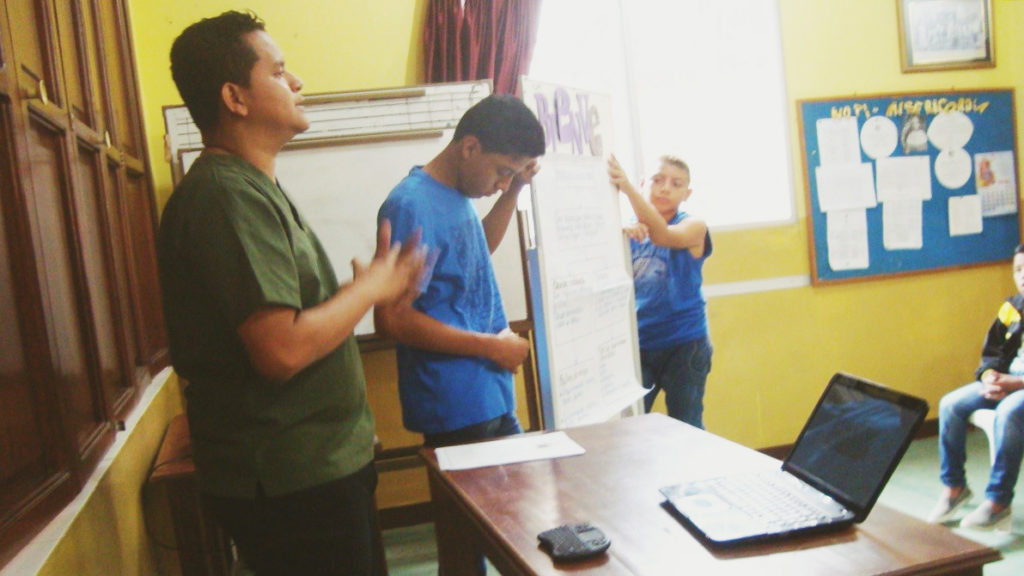Next to Pascuales, tomatoes grow! We are already a few weeks away from our first harvest.

Let us recall the context: the foundation has financed a project to train single mothers in the cultivation of organic tomatoes, this includes thirty contracts used exclusively dedicated to mothers, but also and above all the possibility of selling this first production on the local market to help finance locally.
It is also the first organic tomato project near Guayaquil. Until now, the cultivation of tomatoes was done in the mountains of Ecuador, higher up, or on the coast near the sea. In both cases, these are non-organic crops. Unfortunately, the latter is not yet in the habits, and it is also to change that that we supported this project. This is therefore a small first for the environment of Guayaquil, in the service of a good cause.
So where is this first experience? What have we learned from what is ultimately a pilot project? Here are the first lessons of the greenhouse project.
Organic tomato production is possible, even on the outskirts of the city
As of today, tomato production is a few weeks away from the first harvest. It is estimated that we can count on six tons of tomatoes in the short term, which is in line with forecasts. Tomato seedlings will continue to produce for more than a month C8087 - 501.177730 , OnlinenevadaShops - Diadora Magic Basket Low Icona 'White Malibu Blue' - diadora n9000 h mip x leo colacicco until they reach the thirty tons initially expected. Fingers crossed again! Although we are not in intensive cutlure, it proves that producing organic tomatoes in the urban periphery is possible, especially since it is only a first experience.
Greenhouses nike air force 1 07 black cool grey racer blue white accelerate the tomato production cycle
This was not planned, and we already considered ourselves lucky to be able to achieve three harvests a year (instead of one to two harvests at home). But it turns out that the heat released by the greenhouses accelerated the growth of tomatoes. Harvesting begins in about one to two weeks, i.e. three months after planting, instead of the four months initially planned.
Even in greenhouses, we must continue to fight against insects jordan luka 3 colorways release dates
During thThe micro climate does not always play in favor of plant growthe growth of plants, we have been victims of small insect attacks, which require constant attention and rapid action. It is estimated that 15% of the plants were lost due to these attacks. However, this remains very low next to open crops which, without insecticides and greenhouses, can lose up to 90% of production.
The micro climate does not always play in favor of plant growth
One would have thought that Ecuador’s little-varying climate would easily adapt to tomato cultivation. But this is underestimating their sensitivity to temperature variations… In recent weeks, morning temperatures have sometimes dropped below ten degrees, which has triggered a halt in the plants to the growth process. Several tomato flowers have been lost and we are still unable to accurately measure the impact of these losses.
Tomatoes produce more than expected
With the previous points could have expected to produce less than expected. However, we also found that the rate of plant production was greater than the five kilos initially envisaged We are on an estimated pace of seven kilos per plant, which could compensate for the losses. So many lessons for the community of Pascuales.
We are waiting Mag whites маг уайтс магній 500 мг 60 табл єгипет — цена 545 грн в каталоге Биологически активные вещества ✓ Купить товары для красоты и здоровья по доступной цене на Шафе , Украина #153368005 for the rest… eagerly.










